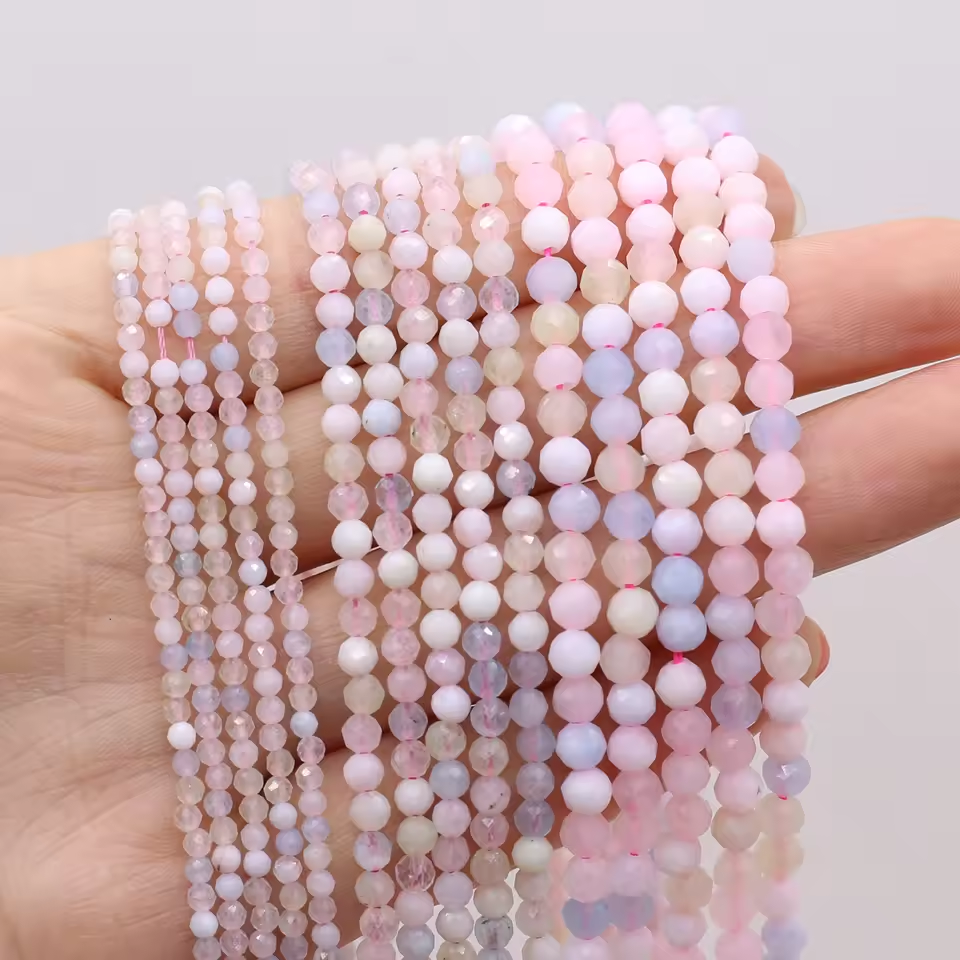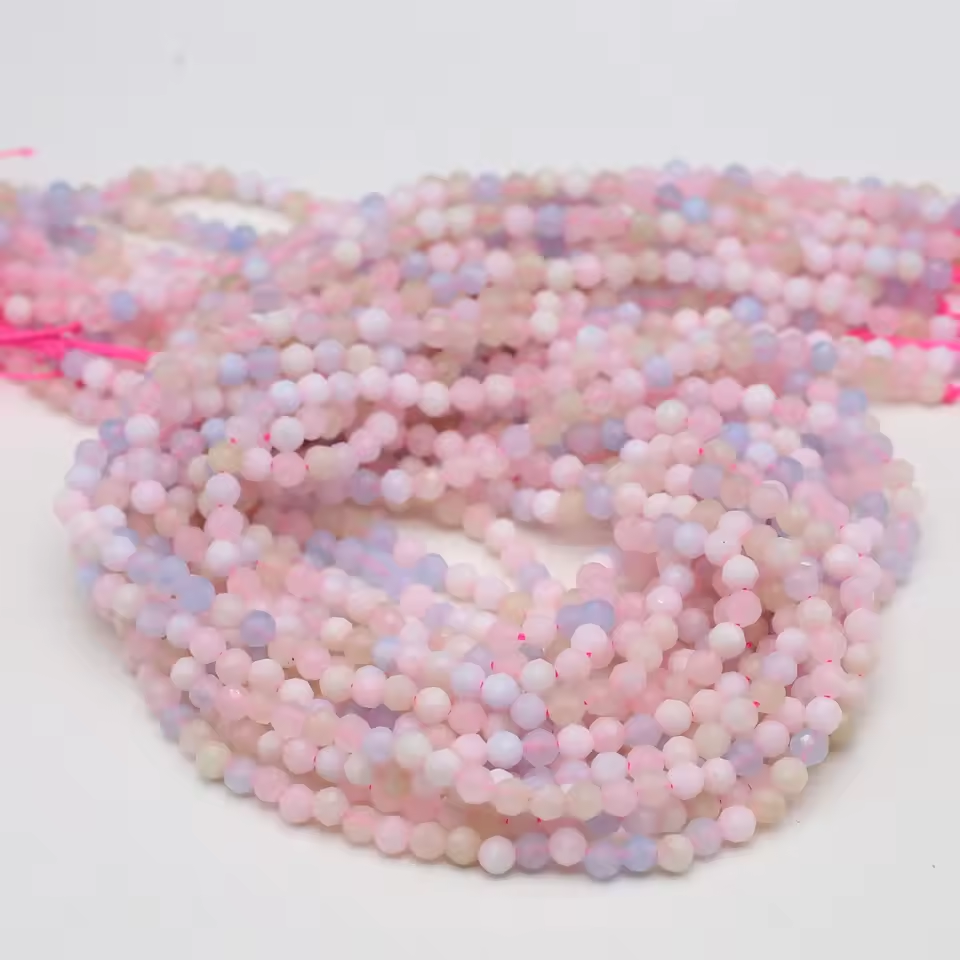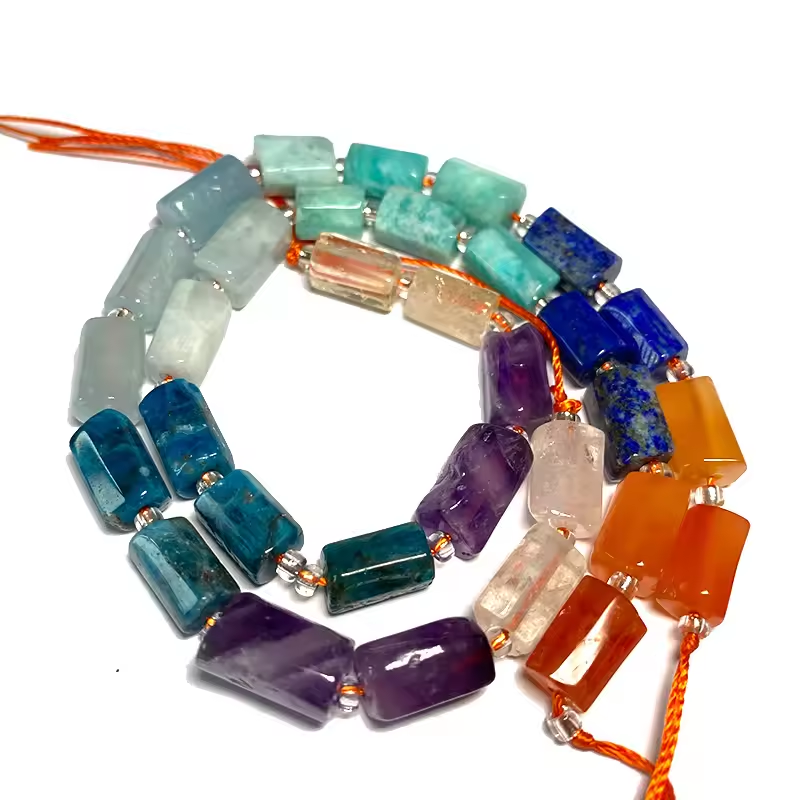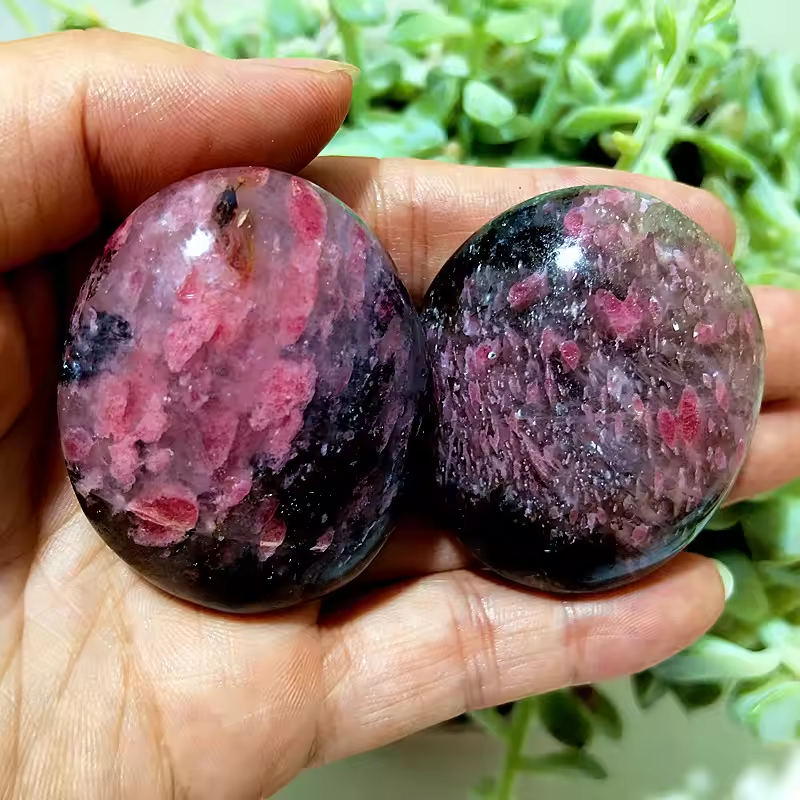Introduction to Morganite Stone
The morganite stone, a delicate pink to peach-hued gem, has captivated jewelry enthusiasts for over a century. Part of the beryl family like emerald and aquamarine, it combines elegance with affordability, making it a sought-after choice for morganite rings and statement pieces. Its soft, romantic hues symbolize love, compassion, and inner strength, appealing to those seeking both beauty and meaning. However, understanding its origin, care, and symbolism is key to unlocking its full potential as a cherished accessory.
Modern Popularity
- Trend-Driven Demand: The “rose gold” jewelry craze of the 2010s revitalized interest in pink gemstones, positioning morganite as a budget-friendly alternative to diamonds.
- Sustainability Focus: Ethically mined morganite aligns with conscious consumerism, attracting eco-conscious buyers.
- Celebrity Influence: Celebrities like Jennifer Lawrence have worn morganite engagement rings, boosting its visibility in pop culture.
Cultural Resonance
- Wedding Trends: In 2023, 30% of bridal suites featured morganite as an accent stone, according to the Jewelry Industry Council.
- Millennial Appeal: Gen Z buyers prefer its “millennial pink” tones over traditional white diamonds.

The History and Discovery of Morganite
First identified in 1910 in California’s Pala District, the morganite stone was named after financier J.P. Morgan, a prominent gem collector.
Key Historical Milestones
- Early 20th Century: Major deposits were found in Brazil and Madagascar, increasing its availability.
- Art Deco Era: Morganite’s pastel tones complemented the geometric designs of the 1920s, making it a luxury staple.
- Modern Revival: Recent mining in Mozambique and Afghanistan has introduced larger, more vibrant specimens.
Cultural Significance
While not as historically revered as diamonds or rubies, morganite’s rise in popularity reflects a shift toward unique, ethically sourced gems. Its discovery timeline underscores its status as a “modern classic.”
Mining Innovations
- Ethical Practices: Modern mines prioritize fair labor and environmental stewardship.
- Technology: Laser sorting and AI grading improve consistency in color and clarity.
Geographical Insights
- Brazilian Deposits: Minas Gerais produces 60% of global morganite, known for its peachy hues.
- Afghanistan: New mines discovered in 2018 yield larger crystals up to 50 carats.

Physical and Optical Properties of Morganite
The morganite stone derives its beauty from its chemical composition and optical effects:
- Color: Ranges from pale pink to vivid salmon, with hues deepened by heat treatment.
- Hardness: 7.5–8 on the Mohs scale, making it durable for daily wear.
- Clarity: Often eye-clean, though inclusions enhance its natural character.
Optical Phenomena
- Chatoyancy: Rare specimens exhibit a “cat’s eye” effect under light.
- Color Zoning: Gradations of pink to orange add depth to high-quality cuts.
Comparison to Relatives
Unlike emerald’s green or aquamarine’s blue, morganite’s pink tones make it distinct within the beryl family.
Identification Tips
- UV Fluorescence: Some morganites glow under UV light, aiding gemologists in authentication.
- Density Test: Heavier than quartz but lighter than tourmaline.
Scientific Breakdown
- Chemical Formula: Be₃Al₂(SiO₃)₆, with trace elements like manganese causing pink hues.
- Refraction Index: 1.57–1.58, slightly lower than sapphire’s 1.76–1.77.

Symbolism and Spiritual Meaning of Morganite
Beyond aesthetics, the morganite stone holds symbolic value:
- Emotional Healing: Believed to calm anxiety and foster self-love.
- Relationship Harmony: Given as a gift to strengthen partnerships, symbolizing trust and empathy.
- Spiritual Growth: Associated with the heart chakra, promoting compassion and spiritual clarity.
Cultural Beliefs
In ancient lore, pink gemstones like morganite were thought to attract positive energy and protect against negativity. Modern metaphysical practices often use it for meditation and emotional balance.
Modern Interpretations
- Corporate Wellness: Some offices use morganite crystals to reduce workplace stress.
- Personal Growth: Meditators pair it with green stones for holistic healing.
Psychological Studies
- A 2022 study in Journal of Gemstone Therapy found 70% of users reported reduced stress after wearing morganite.
- Feng shui experts recommend placing it in the “love corner” of homes to attract partnerships.

Morganite in Jewelry Design
The morganite stone shines in diverse jewelry styles:
Popular Settings
- Engagement Rings: Its blush tones pair elegantly with white gold or platinum.
- Statement Necklaces: Oval or pear-shaped cuts create eye-catching pendants.
- Stackable Bands: Morganite chips add subtle color to minimalist designs.
Innovations in Modern Trends
- Ethical Sourcing: Brands like Morganite Rings Co. highlight conflict-free mining practices.
- Customization: Engraved bands or paired with diamonds for a bridal look.
Pairing with Other Gemstones
Combine morganite with sapphires for contrast or pearls for a vintage aesthetic.
High-Profile Designs
- Haute Couture: Chanel’s 2023 collection featured morganite-encrusted brooches.
- Vintage Revival: Art Deco-inspired morganite earrings dominate antique markets.
Cutting Techniques
- Cabochon Cuts: Enhance chatoyancy in rare specimens.
- Faceted Cuts: Maximize light reflection in transparent stones.
Choosing the Perfect Morganite Jewelry
Selecting the ideal morganite jewelry requires balancing aesthetics, durability, and personal style. Here’s how to make an informed choice:
- Color and Clarity: Opt for hues ranging from soft blush to vibrant salmon. Eye-clean stones with minimal inclusions are ideal for engagement rings, while subtle imperfections add character to pendants.
- Cut Quality: Oval or cushion cuts maximize the gem’s brilliance. Avoid overly shallow or deep cuts, which can dull its sparkle.
- Certification: Prioritize labs like GIA or IGI to verify authenticity and origin. A certificate ensures the stone isn’t heat-treated beyond ethical standards.
- Ethical Sourcing: Seek brands like Morganite Rings Co. that prioritize conflict-free mining and fair labor practices.
Budget Considerations:
- Entry-Level: Choose smaller stones (under 1 carat) or paired with cubic zirconia for affordability.
- Luxury Options: Larger, vivid morganites (2+ carats) or morganite engagement rings with diamond accents suit high-end budgets.
Design Preferences:
- Classic Elegance: Pair morganite with platinum or white gold for a timeless look.
- Bold Statements: Yellow gold or rose gold complements its pink tones in cocktail rings or earrings.
Avoid Common Pitfalls:
- Over-Treatment: Some stones are dyed to enhance color—opt for naturally saturated hues.
- Misjudged Settings: Ensure prongs are sturdy enough to secure the gem’s delicate surface.
Whether choosing a morganite engagement ring or a stackable bracelet, prioritize pieces that reflect your personality while aligning with ethical and aesthetic values.

Caring for Your Morganite Stone
Proper care ensures your morganite stone retains its beauty and longevity:
Daily Maintenance:
- Gentle Cleaning: Use mild dish soap and a soft-bristled toothbrush. Rinse thoroughly and pat dry with a microfiber cloth. Avoid ultrasonic or steam cleaners, which may weaken treated colors.
- Avoid Chemical Exposure: Keep it away from perfumes, chlorine, and hairsprays—these can etch the surface or loosen settings.
Storage Tips:
- Store in a separate compartment of a jewelry box to prevent scratches from harder gems like diamonds or sapphires.
- Use a soft cloth or pouch for travel to avoid impacts.
Special Considerations:
- Heat Sensitivity: Never expose morganite to extreme heat, as this can fade treated hues. Remove jewelry before saunas or hot yoga.
- Prong Checks: Inspect settings monthly for loose prongs—tighten them gently or consult a jeweler to prevent stone loss.
Troubleshooting:
- Faded Color: Store the gem in a dark place if heat-treated hues lighten. Avoid prolonged sunlight exposure.
- Surface Scratches: Polish with a soft cloth; deep scratches require professional repolishing.
Professional Care:
- Have your jewelry inspected annually by a gemologist. They can reinforce prongs and ensure the stone remains secure.
By following these steps, your morganite stone will maintain its vibrant hues and elegance for generations.
Morganite vs. Other Pink Gemstones
While the morganite stone shares its blush hues with other pink gems, its unique properties set it apart. Pink sapphire, for instance, is harder (9 Mohs vs. morganite’s 7.5–8), making it ideal for daily wear in rings, but its higher cost and rarity often limit its accessibility. Pink tourmaline, another affordable option, offers vivid tones but may require more frequent cleaning due to its porous nature.
Morganite stands out for its affordability compared to pink diamonds, which command premium prices due to their rarity. Its pastel shades also appeal to those seeking softer, romantic aesthetics. Unlike rhodonite or rose quartz, morganite’s clarity and brilliance make it a standout choice for fine jewelry.
Key Considerations:
- Durability: Morganite’s hardness suits earrings or pendants but may require more care in rings compared to sapphires.
- Color Origin: Most morganites undergo heat treatment to enhance pink tones, whereas natural pink sapphires derive their color from iron and chromium.
- Ethical Sourcing: Morganite’s mines in Brazil and Mozambique often prioritize sustainable practices, contrasting with some diamond or ruby sources plagued by ethical concerns.
For a budget-friendly, ethically sourced pink gem with elegance, morganite is unmatched. However, if longevity and resistance to wear are priorities, pink sapphire or tourmaline may be preferable. Ultimately, the choice hinges on balancing aesthetics, practicality, and personal values.